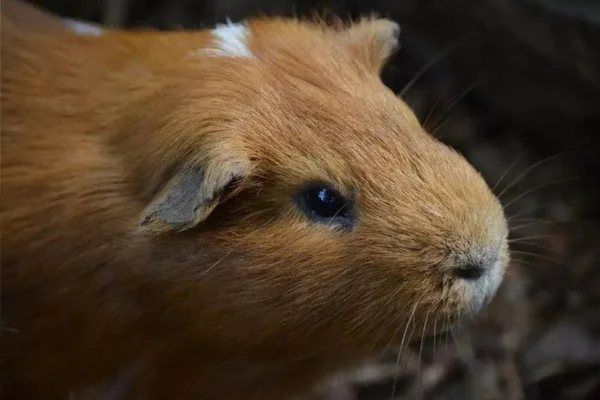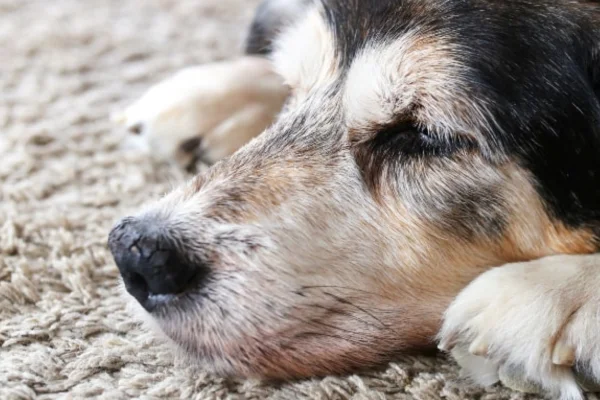Mites in guinea pigs:
How to Identify, Prevent and Treat This Invisible Threat
Mites in guinea pigs - Guinea pigs, with their docile nature and charming appearance, are beloved companions in many homes. However, like any other pet, they are not immune to health problems. One of the most common challenges faced by owners of these small rodents is infestation by mites.
These tiny parasites, although invisible to the naked eye, can cause great discomfort and even serious health problems for guinea pigs. In this article, we'll explore everything you need to know about mites in guinea pigs, from the most common symptoms and types to the best practices for prevention and treatment.
What Are Mites?
Mites are small arachnids, close relatives of spiders, that live on or near the skin, feeding on dead cells, secretions and even the blood of their hosts. They are almost invisible to the naked eye, which makes identifying an infestation a challenge for many pet owners. In guinea pigs, mites can cause anything from mild irritations to serious conditions such as dermatitis and secondary infections.
Contents
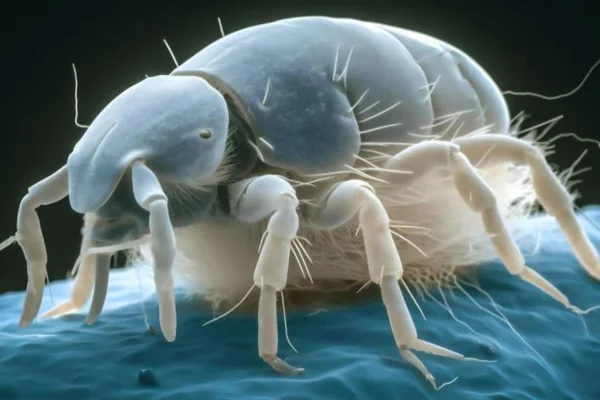
Symptoms of Mite Infestation in Guinea Pigs
The symptoms of a mite infestation can vary depending on the type of mite involved and the severity of the infestation. However, there are some common signs that may indicate the presence of these parasites in your guinea pig:
- Intense and Constant Itching: One of the first signs that something is wrong is incessant itching. Guinea pigs can scratch themselves so much that they cause skin lesions.
- Hair Loss (Alopecia)In areas where itching is more intense, the guinea pig may start to lose hair, resulting in bald patches.
- Redness and Inflammation of the SkinThe guinea pig's skin can become red, swollen and sensitive to the touch.
- Scaling and scab formationThe skin may start to peel, and scabs may form on affected areas, especially around the ears, neck and back.
- Change of BehaviorDue to the discomfort caused by the mites, the guinea pig may become more irritable, agitated or, in more serious cases, apathetic and withdrawn.
- Weight lossIn severe infestations, stress and discomfort can lead to loss of appetite and, consequently, weight loss.
Main Types of Mites in Guinea Pigs
There are several types of mites that can affect guinea pigs. Each one has its own characteristics and can cause different types of problems for the animal.
1. scabies mites (Trixacarus caviae)
Trixacarus caviae is one of the mites most feared by guinea pig owners. This parasite is responsible for a severe form of mange, which can cause unbearable itching and even convulsions in extreme cases. The mange caused by this mite is highly contagious and can spread quickly between other guinea pigs or even to humans, although transmission to humans is rare.
Specific symptoms:
- Intense itching that can lead to seizures due to extreme pain.
- Significant hair loss.
- Thick scabs and areas of ulcerated skin.
Treatment: Treatment usually involves the application of specific topical medications for mites, as well as medicinal baths. In severe cases, systemic treatment with drugs prescribed by a veterinarian may be necessary.
2. Skin Mites (Chirodiscoides caviae)
This type of mite is less aggressive than Trixacarus caviae, but can still cause significant discomfort. Chirodiscoides caviae mites live on the surface of the skin and hair, where they feed on dead cells.
Specific symptoms:
- Moderate itching.
- Skin irritation.
- Mild flaking of the skin.
Treatment: Treatment for skin mites is similar to that for mange mites, although the need for systemic medication is less common. Regular cleaning of the cage and the application of specific topical products usually solve the problem.
3. Fur Mites (Myocoptes musculinus)
Hair mites are common in many rodents and can be found in guinea pigs. These mites live in the hair and feed on debris from the skin. Although they are less problematic than mange mites, they can still cause discomfort.
Specific symptoms:
- Mild to moderate itching.
- Small areas of hair loss.
- Mild skin irritation.
Treatment: Hair mite infestations can be treated with medicated baths and topical products. In mild infestations, rigorous cleaning of the cage may be enough to control the problem.
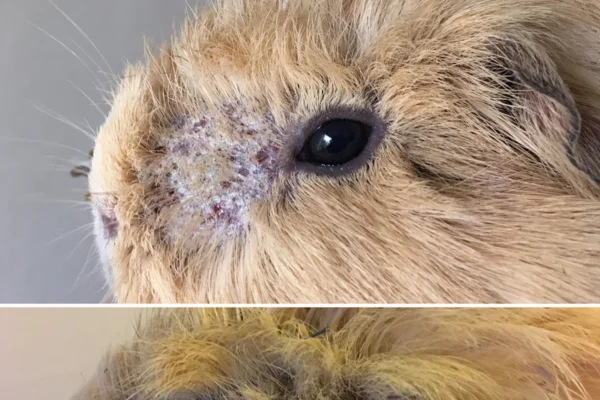
Prevention: How to Protect Your Guinea Pig from Mites
Prevention is always the best medicine, and protecting your guinea pig against mite infestations is essential to maintaining its health and well-being. Here are some recommended practices:
- Keeping the cage cleanRegular cleaning of the cage is crucial to prevent the proliferation of mites. Remove droppings, leftover food and change the lining frequently.
- Regular bathsGiving your guinea pig regular baths with specific products for rodents can help keep the skin clean and healthy, reducing the risk of infestations.
- Inspecting New AnimalsAlways inspect new guinea pigs or other pets before introducing them to the same area. Keep them in quarantine for a few weeks to make sure they aren't bringing in parasites.
- Avoid contact with wild rodentsWild rodents can carry mites, so it's important to avoid contact between them and your guinea pigs.
- Monitor your guinea pig's skin regularlyRegular inspection of your guinea pig's skin can help to detect any signs of infestation early on.
- Maintaining a Healthy EnvironmentIn addition to cleaning, maintaining a stress-free environment with good nutrition and hydration strengthens the guinea pig's immune system, making it less susceptible to infestations.
Treatment: What to do when mite infestation is already present
If you suspect that your guinea pig is infested with mites, it is essential to act quickly. Here are the steps to follow to treat an infestation:
- Consult a veterinarianWhenever an infestation is suspected, the first step should be to consult a veterinarian specializing in exotic animals. They will be able to make an accurate diagnosis and prescribe the appropriate treatment.
- IsolationIf there is more than one guinea pig in your house, isolate the infested animal to prevent the spread of mites.
- Drug treatmentThe vet may prescribe topical medication, medicinal baths or even systemic medication, depending on the severity of the infestation and the type of mite.
- Cleaning and disinfecting the cageThe guinea pig's cage and all accessories must be cleaned and disinfected to prevent re-infestation.
- Veterinary follow-upAfter treatment, continue to monitor your guinea pig's health and make follow-up visits to the vet to ensure that the infestation has been completely eliminated.
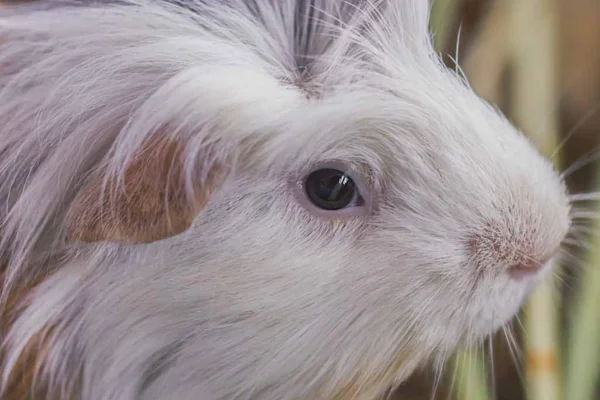
Conclusion - Mites in guinea pigs
Although small and seemingly harmless, mites can cause guinea pigs a great deal of suffering. Fortunately, with attention, prevention and proper treatment, it is possible to protect these adorable rodents from infestations and ensure that they live a healthy and happy life. As a responsible owner, constant vigilance and preventive care are your best weapons against these parasites. By adopting these practices, you will be guaranteeing your guinea pig's well-being, allowing him to continue to fill your home with joy and tenderness.

